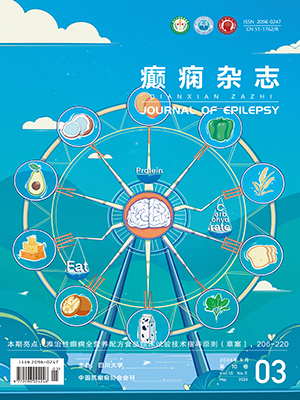| 1. |
Blume WT, Whiting SE, Girvin JP. Epilepsy surgery in the posterior cortex. Ann Neurol, 1991, 29: 638-645.
|
| 2. |
Sierra-Marcos A, Fournier-Del Castillo MC, Álvarez-Linera J, et al. Functional surgery in pediatric drug-resistant posterior cortex epilepsy Electro-clinical findings, cognitive and seizure outcome. Seizure, 2017, 52: 46-52.
|
| 3. |
Talairach J, Bancaud J, Szikla G, et al. New approach to the neurosurgery of epilepsy. Stereotaxic methodology and therapeutic results. 1. Introduction and history. Neurochirurgie, 1974, 20(Suppl 1): 1-240.
|
| 4. |
Bartolomei F, Chauvel P, Wendling F. Epileptogenicity of brain structures in human temporal lobe epilepsy: a quantified study from intracerebral EEG. Brain, 2008, 131: 1818-1830.
|
| 5. |
Aubert S, Wendling F, Regis J, et al. Localandremote epileptogenicity in focal cortical dysplasias and neurodevelopmental tumours. Brain, 2009, 132(11): 3072-3086.
|
| 6. |
Georgia Ramantani, Hans Holthausen. Epilepsy after cerebral infection: review of the literature and the potential for surgery. Epileptic Disord, 2017, 19(2): 117-136.
|
| 7. |
Dave F. Clarke, Kristi Tindall, Mark Lee, et al Bilateral occipital dysplasia, seizure identification, and ablation: a novelsurgical technique. Epileptic Disord, 2014, 16(2): 238-243.
|




